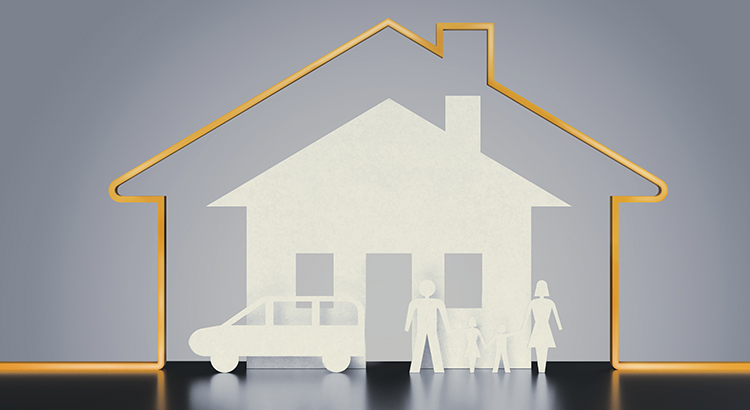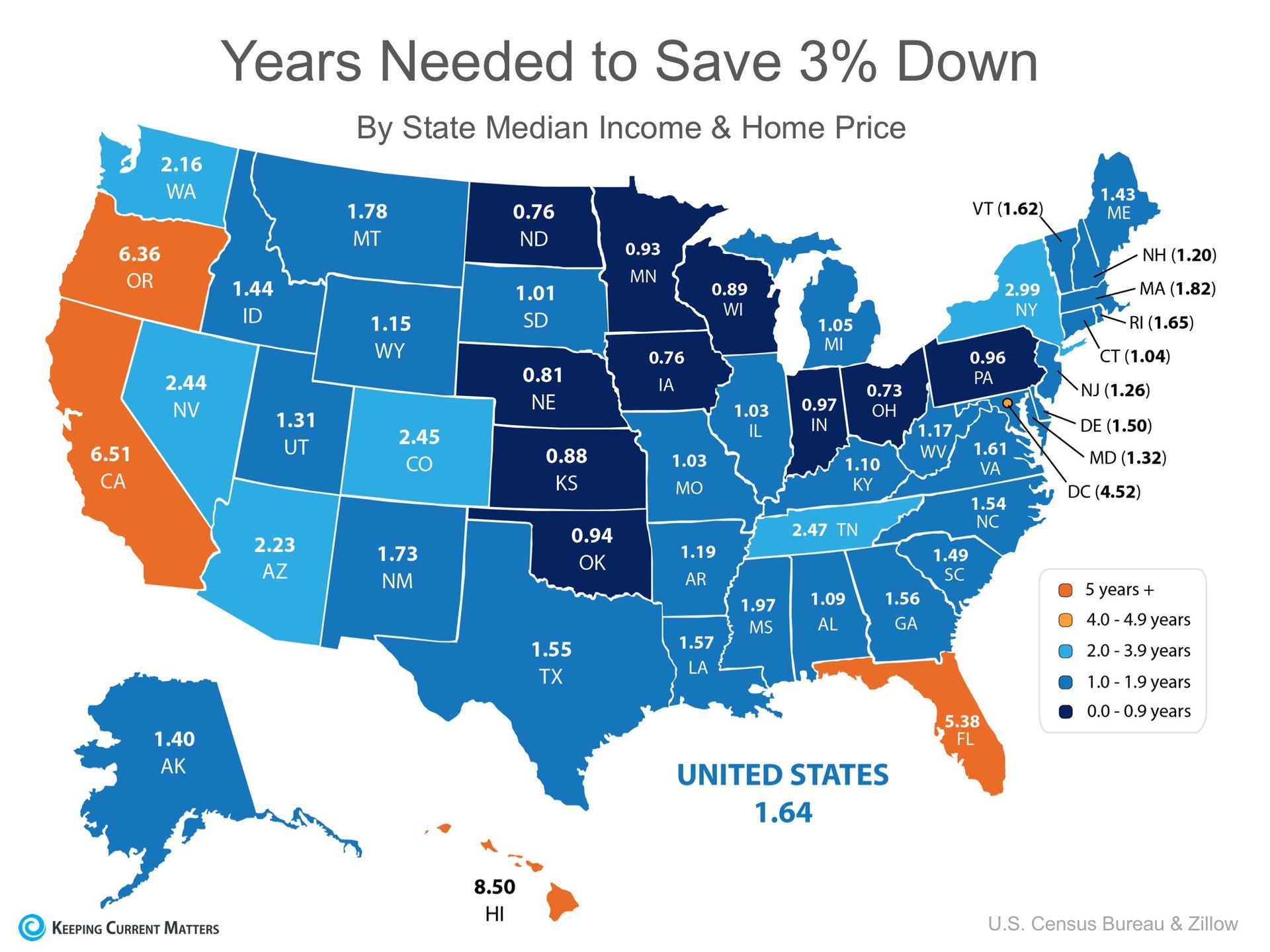As Memphis prepares to enter its third century as a city in 2019, graduate students at the University of Memphis are helping the City of Memphis and its partners mold a mega-plan to create great neighborhoods, smart land use, connectivity, and better opportunities and improved quality of life for all residents.
The previous plan, drafted roughly 40 years ago, focused on the suburbs and neglected to include citizen input, but Memphis 3.0 is meeting the people where they are — in their own neighborhoods. Graduate students are on the ground in districts throughout the community engaging with residents to ask them what assets are unique to their district, what challenges their neighborhoods face and which areas need improvement.
The Department of City and Regional Planning at the University of Memphis have been part of the planning process since the City launched the Memphis 3.0 initiative in late 2016. In late 2017, the city kicked off a series of meetings in the 14 districts to give the public opportunities to voice their opinions. Citizens participated in neighborhood meetings, online surveys, in-person surveys and one-on-one interviews.
The graduate students toured neighborhoods across the city and conducted workshops where residents participated in asset-mapping exercises, using large maps to mark the neighborhood amenities, sites and resources they most value.
Professor Charlie Santo is chair of the Department of City and Regional Planning at the University of Memphis, which is part of the School of Urban Affairs and Public Policy. The master’s degree program, accredited by the Planning Accreditation Board, prepares students for careers focused on the physical development of communities with concern for their social, economic and environmental wellbeing.
Graduate students at the Department of City and Regional Planning at the University of Memphis are lending their time, talent, and the skills they’ve developed through their education to Memphis 3.0, the city’s first comprehensive development plan in four decades. The plan includes urban art projects, like this one by Memphis artist Yancy Villa Calvo, which engages residents by asking them what they consider to be their neighborhood’s assets or “gems.”
Santo says hands-on learning with strong community partners is an integral aspect of the program; the curriculum emphasizes action and classes and research are structured to support long-term community engagement projects.
He said the long-term emphasis of the program sets it apart from other graduate programs in city planning.
“We have a process where we try, when we’re working with a community partner — whether it be Klondike Smokey City or North Memphis or the Soulsville neighborhood — we get involved for more than one semester. Students get to work with community members to address real challenges, but they also have the opportunity to see planning solutions finish implementation.”
And many graduates of the University of Memphis’ Department of City and Regional Planning have not only continued to work in the community but have become prominent city planning professionals.
Graduates include Ashley Cash, Memphis 3.0 Administrator; John Zeanah, Director of the Division of Planning and Development, a joint agency that serves both Memphis and Shelby County; Paul Young, City of Memphis Director of Housing and Community Development; and John Paul Shaffer
with BLDG Memphis, a 3.0 partner that supports the development and redevelopment of healthy, economically sustainable neighborhoods.
Graduate students at the Department of City and Regional Planning at the University of Memphis meet with residents in North Memphis to ask them what assets are unique to their district, what challenges their neighborhoods face, and which areas need improvement.
“Our folks are everywhere and they’re having an impact,” Santo said. “If you look around at what’s going on in Memphis in terms of changing the city, the impact that graduates of our program have had has been amazing.”
Santo said it’s been satisfying to see his students matriculate from the classroom environment to become real-world colleagues. One of those graduates is Jessica Mason, an alumn of the Department of City and Regional Planning at the University of Memphis who has transitioned to a career in city planning as planning coordinator at Self-Tucker Architects, a Memphis 3.0 partner.
“The program at the University of Memphis was very hands-on and project oriented, so I felt very comfortable going into the workplace knowing how to analyze data and how to communicate with community members,” she said.
“It really prepared me to feel comfortable in practice. They did a good job with projects that were related to actual issues in Memphis.”
As a graduate student, she worked on the ground in several districts, including Midtown and North Memphis, serving as a facilitator at community meetings in the pre-planning phase of Memphis 3.0 in late 2016 and early 2017 and volunteering in a workforce development focus group.
“It was a chance for me to be part of a real-life planning process, talking to real people, facilitating and using the skills I learned in the classroom in actual practice,” said Mason, a native Memphian whose graduate work engaged her with residents in historic Memphis neighborhoods like Klondike Smokey City and Orange Mound.
“Growing up, I’ve always seen the differences in Memphis,” she said. “As we all know, things can look really different one street over. I’ve always been curious about the relationship between people and place, and asking why things are the way they are and what can I do to better the city I live in.”
At Self-Tucker, Mason’s on-the-ground projects include working with
Knowledge Quest, a youth-focused nonprofit in South Memphis, to help create the Greenleaf Learning Farm, an organic farm that uses hands-on learning techniques to educate students about urban agriculture and healthy eating.
Mason continues her 3.0 engagement work by helping to prepare for community meetings and gather information about what resident want to see in their neighborhoods.
“I’m very excited this process is happening during the time that it is … I feel like 3.0 happened just at the right time and I’m excited to be part of the future of Memphis,” she added.
![The Cost of Renting vs. Buying Today [INFOGRAPHIC] | Keeping Current Matters](https://files.keepingcurrentmatters.com/wp-content/uploads/2018/03/27150548/Rent-vs.-Buy-KCM.jpg)

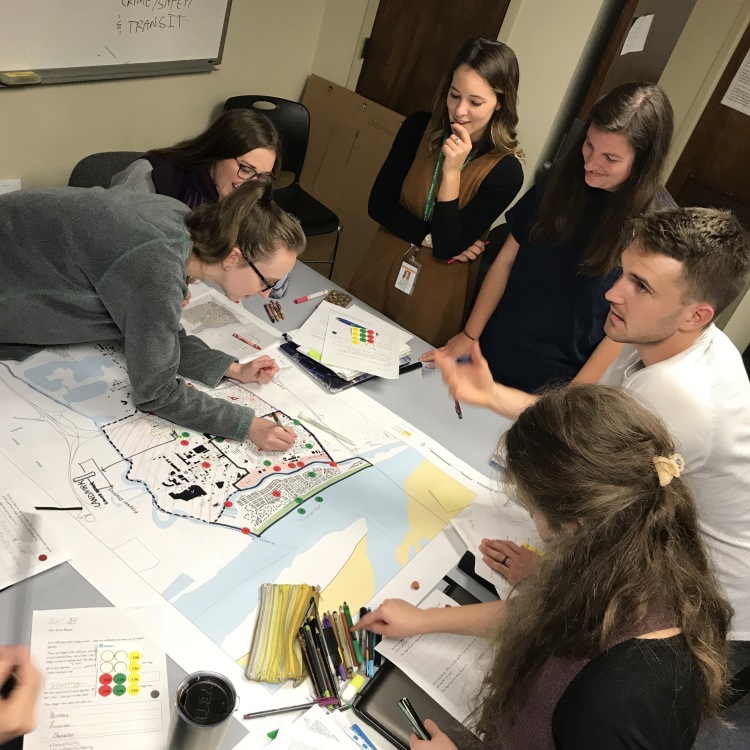

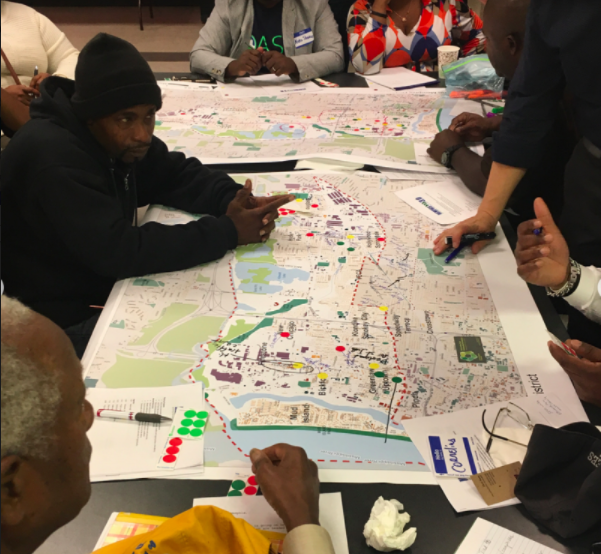

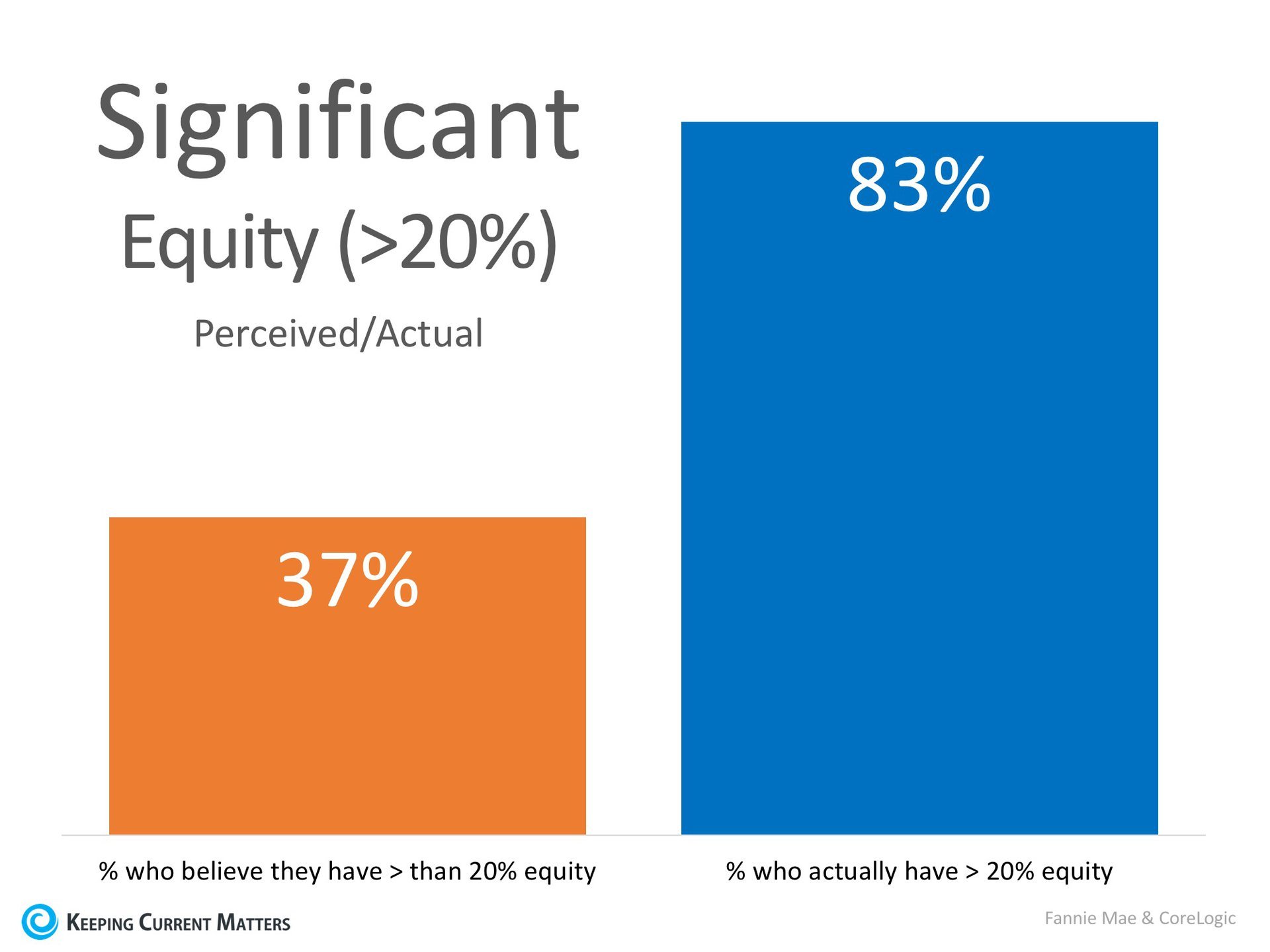
![The Cost of Waiting: Interest Rates Edition [INFOGRAPHIC] | Keeping Current Matters](https://files.keepingcurrentmatters.com/wp-content/uploads/2018/03/09131707/20180316-KCM-ENG.jpeg)
